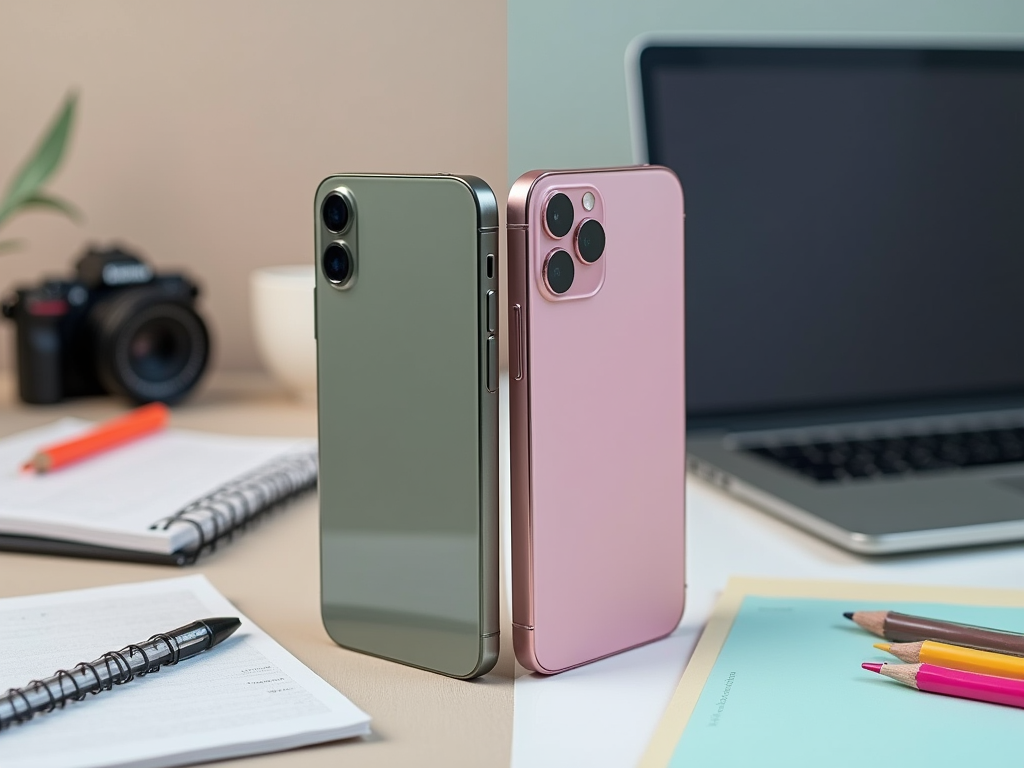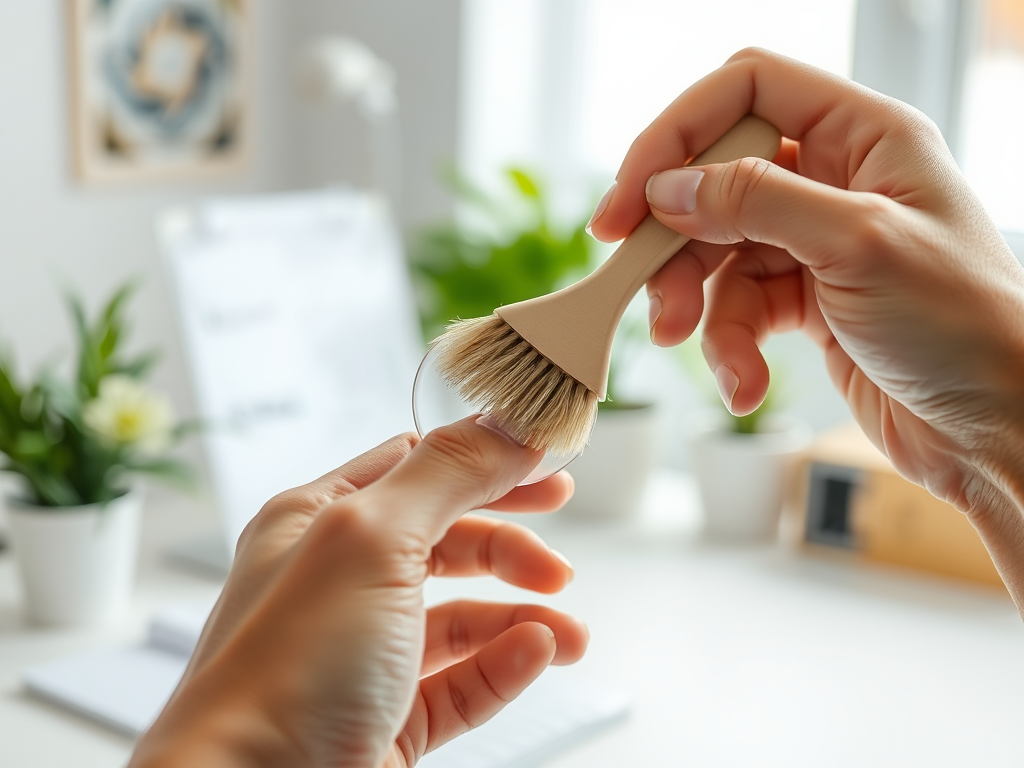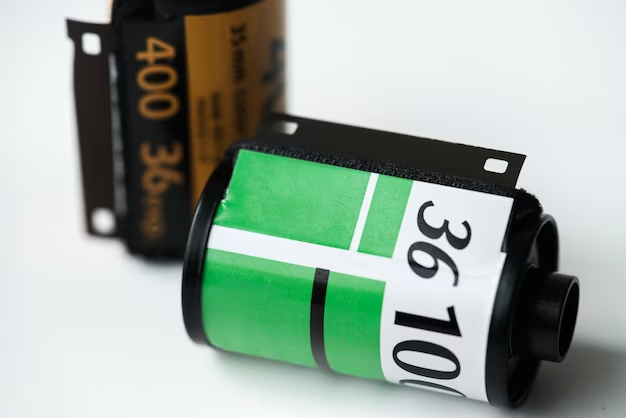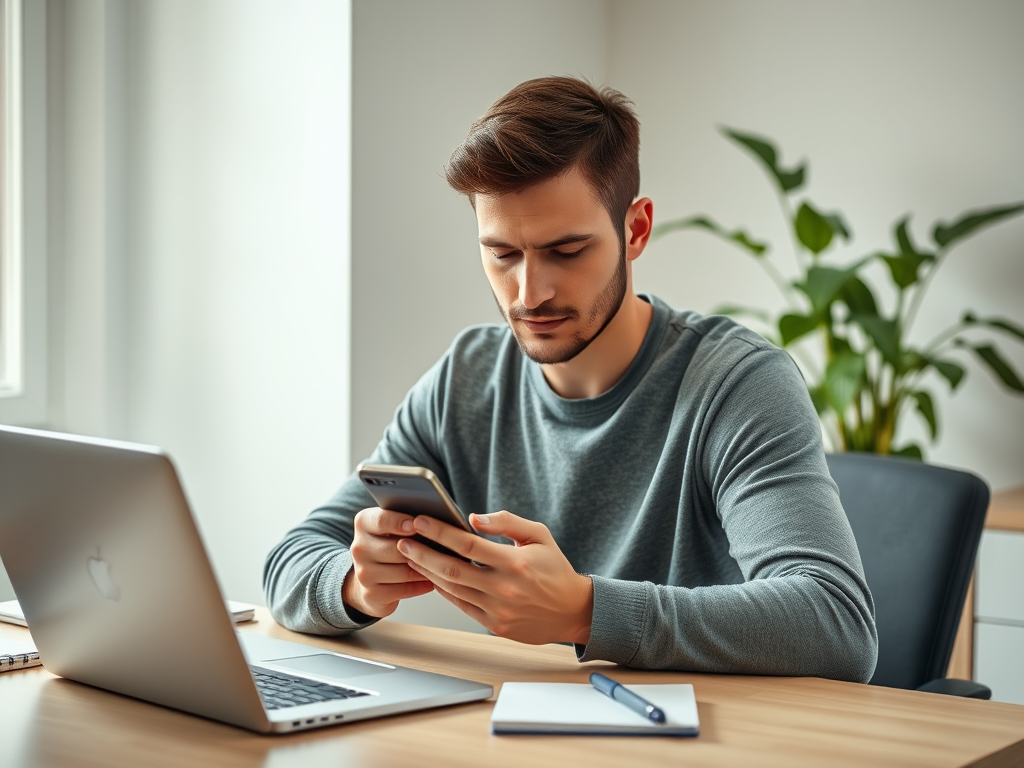When it comes to creative professionals, the choice between second-hand Samsung phones and iPhones can significantly influence workflow and productivity. Both devices offer unique features and performance capabilities, but how do they stack up against each other in real-world applications? Many creatives may prefer iPhones due to the robust ecosystem and superior camera technology, while others might lean towards Samsung for its customization and versatility. In this article, we will delve into the strengths and weaknesses of each brand, helping you make an informed decision for your creative needs.
Camera Quality and Performance

For creative professionals like photographers, videographers, and graphic designers, camera quality is paramount. iPhones, particularly the latest models, are renowned for their exceptional camera systems, which are highly optimized for image processing and low-light performance. The dual and triple lens systems found in iPhones offer impressive versatility, making it easier to capture stunning photos and videos. Samsung also competes fiercely in this area, boasting high-resolution cameras and innovative features like Super Steady video and Single Take mode. However, the camera experience can vary significantly across different models, especially in second-hand purchases.
When weighing camera performance, consider these factors:
- Low-Light Performance: iPhones generally excel in this category, offering bright and clear images even in dim situations.
- Multiple Lenses: Both brands provide devices with multiple lenses, but iPhones can have an edge in processing and image stabilization.
- Editing Capabilities: iPhones come with user-friendly apps like iMovie and GarageBand, best suited for editing photos and videos seamlessly.
- Software Updates: Apple provides consistent updates that keep the software running smoothly, enhancing camera app functionality over time.
- Customization: Samsung boasts a more extensive range of photography modes, allowing for greater customization during shooting.
User Interface and Experience
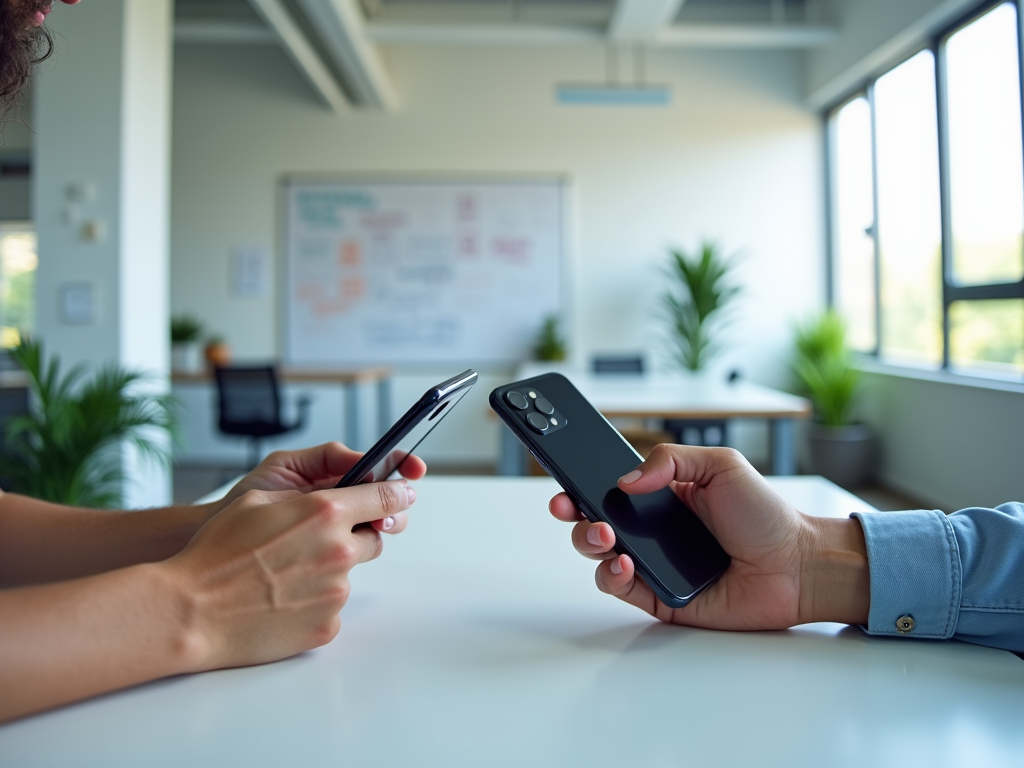
Another crucial aspect to consider is the user interface and overall experience provided by each brand. Apple’s iOS is widely praised for its intuitive design and seamless integration across devices, making it a favorite among creatives who prefer a cohesive work ecosystem. Features like Airdrop and Handoff allow for effortless sharing and transitioning between devices, which can be a tremendous advantage during collaborative projects.
Samsung, with its Android operating system, offers a different flavor of customization and flexibility. Users can personalize their home screens and choose from a wider array of apps. However, this level of customization can also lead to a steeper learning curve. Samsung’s One UI is becoming increasingly user-friendly, but it may still not match the simplicity of iOS for those less tech-savvy.
When choosing between Samsung and iPhone based on user experience, creative professionals should consider what matters most to them:
- Simplicity vs. Customization: iPhones offer a more straightforward approach, while Samsung provides greater opportunities for customization.
- App Availability: iPhones often receive new applications first, especially those tailored for creative work.
- Compatibility: If you own other Apple products (like Macs or iPads), an iPhone will provide a more integrated experience.
- Software Ecosystem: Many creatives rely on Adobe and other design software, which are equally supported on both platforms.
- User Community: Creative professionals might find that many peers use iPhones, offering a broader community for support and advice.
Battery Life and Performance
Battery life is a significant consideration for creative professionals who rely on their devices for long periods, especially during shoots or travel. Generally, Samsung phones tend to have larger batteries and a longer battery life, particularly in models equipped with substantial screens and energy-efficient processors. However, optimization on iPhones often means that even lower-capacity batteries can outperform those in Samsung devices under heavy usage, thanks to iOS’s efficient management of resources.
In assessing battery life for creative tasks, it’s worth taking into account:
- Video Editing: High-resolution editing consumes considerable power; iPhones often deliver great performance here due to their optimized software.
- App Resource Usage: How apps behave under strain can significantly differ, impacting the day-to-day use for creators.
- Cordless Features: Access to wireless charging and battery optimization settings can enhance a user’s experience with either device.
- Battery Replacement Options: Given that these are second-hand devices, consider the ease of battery replacement for longevity.
- Software Updates: Regular updates support improved battery performance over time on both devices.
Cost and Value for Money
Investing in a second-hand phone offers substantial savings, which is particularly beneficial for creative professionals juggling multiple expenses. Generally, Samsung devices depreciate faster than iPhones, presenting opportunities for great deals on high-quality models. However, it’s crucial to assess whether the potential savings outweigh the risks of reduced software support or longevity, especially with a second-hand purchase. While iPhones tend to retain their value and have extended support lifecycles, Samsung’s offerings often present a more budget-friendly alternative without sacrificing performance.
Factors to consider when evaluating cost and value:
- Resale Value: iPhones typically hold their resale value better, which can reduce the overall cost of ownership.
- Warranty and Support: Evaluate whether the second-hand unit has an active warranty or protection plan.
- Repairability: Some devices are easier to repair than others, potentially impacting long-term costs.
- Features: Compare the specifications of similar price models from each brand to determine the best value.
- Buying from Authorized Dealers: Opting for certified refurbished devices can often offer peace of mind.
Conclusion
Ultimately, the decision between second-hand Samsung phones or iPhones for creative professionals depends on individual preferences and budget constraints. iPhones provide a robust ecosystem, superior camera capabilities, and reliable performance, making them ideal for those deeply integrated into Apple’s ecosystem. On the other hand, Samsung offers greater customization and potentially better value for money, appealing to creatives seeking versatility and affordability. Weighing these factors and considering the specific creative tasks at hand will help professionals make an informed decision tailored to their needs.
Frequently Asked Questions
1. Are second-hand iPhones worth the investment?
Yes, second-hand iPhones are often worth the investment due to their resale value retention, robust performance, and regular software updates.
2. Can I use creative apps on a Samsung phone?
Absolutely! Samsung phones support a wide range of creative apps, including those from Adobe, which cater well to professional needs.
3. How do I determine the condition of a second-hand phone?
Look for detailed listings, check the return policy, and consider purchasing from reputable sellers who offer warranties on their products.
4. Are Samsung phones better for Android users?
Samsung phones are an excellent choice for users who prefer Android, offering high customization levels and great features that enhance the user experience.
5. What are the risks of buying second-hand phones?
The risks include potential hidden damages, outdated software, and lack of warranty. It’s essential to inspect and verify the condition before purchasing.
